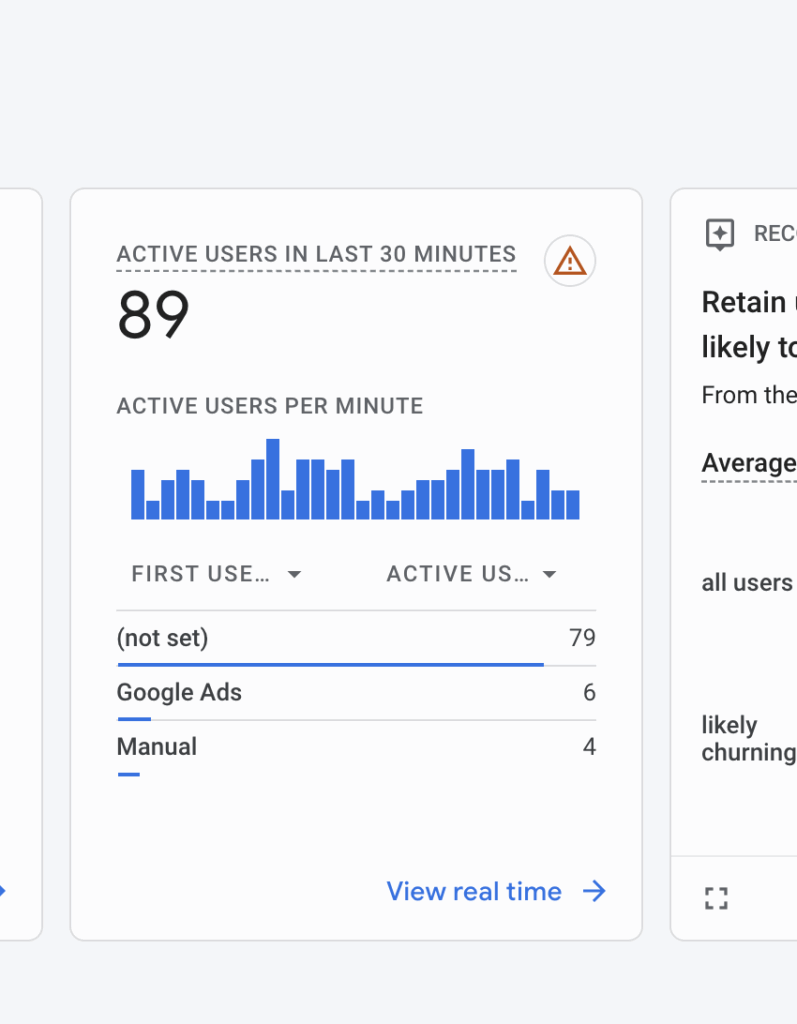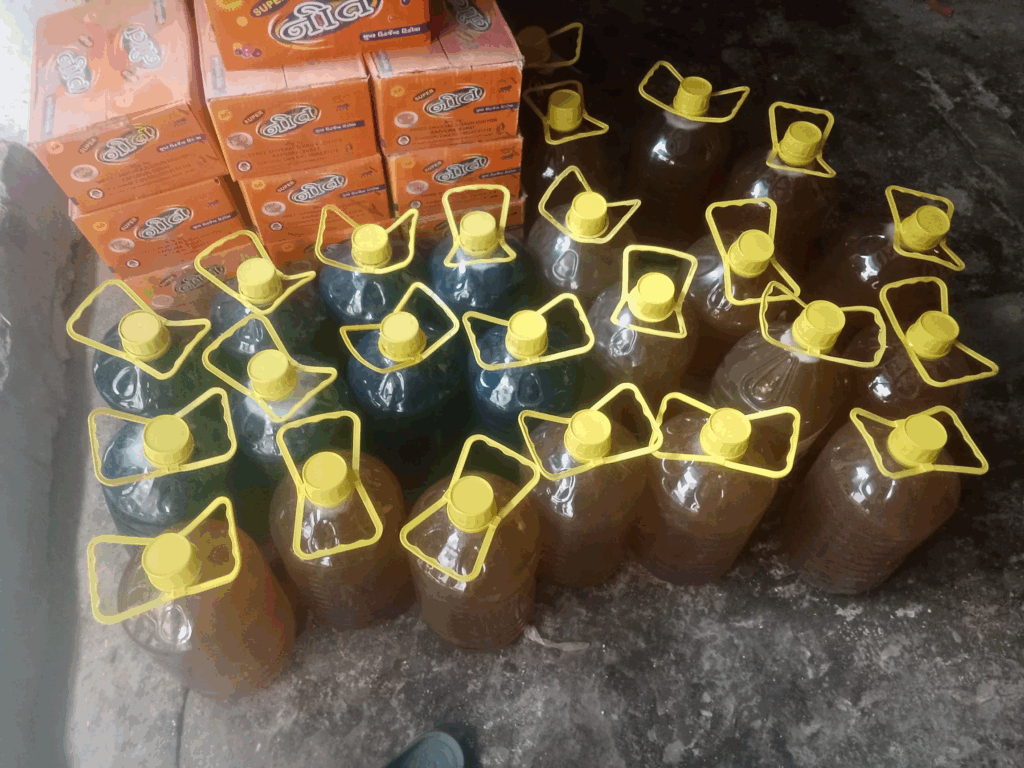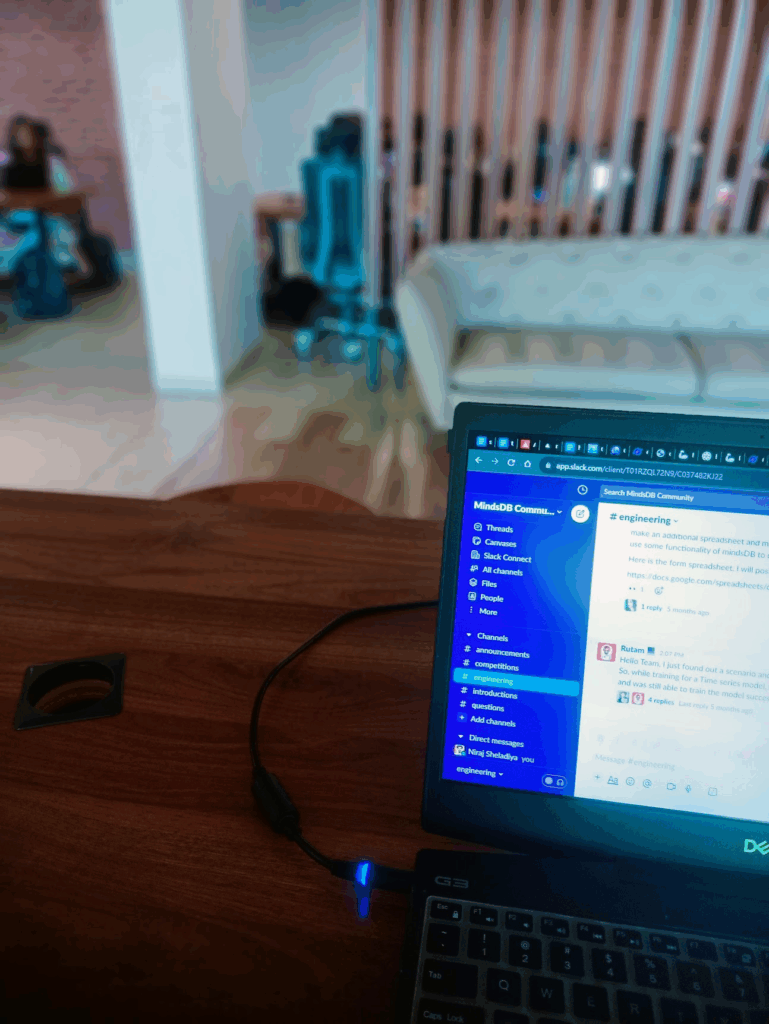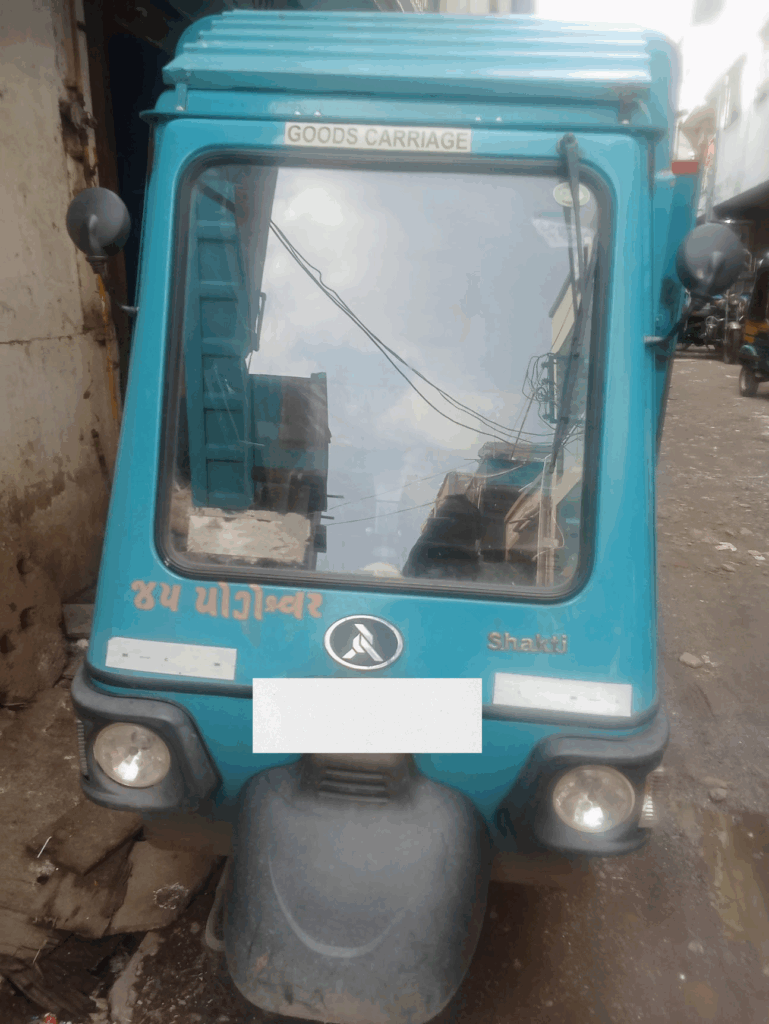I grew up watching my dad grow a real, offline business warehouses, inventory, people. I’m building with code servers, users, automations emails SEO. Today I’m comparing both: what actually scales faster, cheaper, and easier?
TL;DR (for the skimmers)
- Bits (software) scale on servers & code. 🧑💻
- Atoms (physical products) scale on ops, trucks & shelf space.
- If nothing compounds as you grow (data, network, switching costs), you’re just sweating harder.
Why this post (and why Navratri)?
Navratri is about energy, rhythm, and smart choreography the same mindset you need to scale. Whether you’re shipping builds or shipping boxes, the “dance” changes. This is a practical teardown to help founders choose the right steps.
What Makes Software Scale Fast (a.k.a. “Bits”)
- Ship once → everyone gets it: Global distribution from a single deploy.
- Scale with servers, not factories: Add two instances, not two plants.
- Pricing tests in hours: Change at noon, read the A/B by dinner.
- Low-friction refunds: Click → done. No pallets. No leaks.
Software is just a file delivered over the internet. Dishwashing liquid is a liquid that must be made, bottled, moved, and stored. Files scale fast. Bottles don’t.
1) 10,000 New Customers Overnight
- Software: Turn on more servers. Everyone downloads/uses the same app. Done in hours.
- Dishwashing liquid: Make 10,000 more bottles → buy raw materials → fill → label → pack → ship to warehouses → deliver to stores → wait for shelf space. Takes weeks.

2) Changing Price or Running an Offer
- Software: Edit price in Stripe at 12:00. A/B test by evening.
- Dishwashing liquid: Reprint labels, update barcodes, renegotiate with retailers, clear old stock first. Takes months.

3) Selling in a New Country
- Software: Add language + set local tax rules, click deploy.

- Dishwashing liquid: New rules per country (ingredients, safety sheets), new packaging language, import duties, local warehouse. Lots of paperwork and time.
this is how my dad deliver dish washing liquid door to door in surat . it Requires lot’s off physical hard work.

4) Handling Returns
- Software: Click refund. No shipping back, no damage.
- Dishwashing liquid: Leaky bottles, sticky boxes, reverse logistics, write-offs, retailer chargebacks.
5) Cash Needed to Grow
- Software: Customers can pay upfront (monthly/annual). You get cash first.
- Dishwashing liquid: You pay for inventory weeks before it sells. Cash gets stuck in pallets.
6) Speed of Learning
- Software: Ship a small feature today; if users hate it, roll back in minutes.
- Dishwashing liquid: Change scent/size? You must re-formulate, test, re-tool, and re-stock. Learning is slow.
Simple Summary
- Software = copy-paste at scale.
- Dishwashing liquid = factories, trucks, shelves.
Quick Checklists
If you’re scaling software (bits):
- Make sign-up easy (users should get value in minutes).
- Add servers when traffic spikes.
- Test prices and features fast.
- Offer annual plans to fund growth.
If you’re scaling dishwashing liquid (atoms):
- Pre-sell to confirm demand before producing a lot.
- Keep a few standard sizes (don’t make 20 variants).
- Lock a backup supplier + packaging.
- Plan inventory and delivery before you run big ads.
| Dimension | Software product | Physical product |
|---|---|---|
| Unit cost (marginal) | ~₹0–₹20 per user (hosting/APIs) | Real materials + manufacturing + shipping |
| Upfront investment | Low–medium (dev time) | Medium–high (tooling, MOQ, packaging, compliance) |
| Iteration speed | Minutes–days (deploy) | Weeks–months (retool, restock) |
| Distribution | App stores, web, APIs | Retail, marketplaces, D2C logistics |
| Scaling bottleneck | Acquisition & infra | Inventory, ops, supply chain |
| Gross margin | 70–95% typical | 30–70% typical |
| Returns/defects | Reversible via patch | Costly returns, breakage |
| Defensibility | Network effects, data, brand | Brand, quality, supply contracts |
| Cash cycle | Prepaid/subscription | Often pay suppliers before revenue |
| Support | Bugs, onboarding | Shipping, warranty, replacements |
What’s easier to scale?
- Software: once product-market fit hits, adding 1→10→1000 users barely increases cost. Releases are just deploys.
- Physical: growth is step-wise (new supplier, new warehouse, new city). Each step adds fixed cost + coordination.
Example (simple math)
- Software: ₹2L hosting + ₹3L engineering/month → 1,000 paid users at ₹499/mo ≈ ₹4.99L revenue → margins still high; adding next 1,000 users barely moves cost.
- Physical: ₹5L tooling + ₹4L inventory → 1,000 units at ₹999 MRP with 45% COGS → revenue ₹9.99L, gross profit ≈ ₹5.5L, but you must reorder + manage returns.
Go-to-market (quick plays)
Software
- Nail 1 killer use case; ship an MVP in weeks.
- Build acquisition loops (SEO → template pages, short reels, affiliates).
- Land 100 users → instrument activation/retention → iterate weekly.
- Price simply (monthly/annual; 2–3 tiers).
- Add stickiness: templates, teams, history, integrations.
Physical
- Validate with 50–100 preorders or small batch.
- Lock supply chain (MOQ, lead time, QA checklist).
- Launch D2C + 1 marketplace; tighten packaging/returns SOP.
- Invest in UGC/reviews; optimize landed cost per unit.
- Expand via distributors only after cash cycle is stable.
Risk check
- Software: biggest risk = no distribution/retention (build it and no one comes).
- Physical: biggest risk = capital stuck in slow-moving inventory.
Quick decision checklist
Choose software if:
- Problem is info/automation/media (e.g., aigenreels).
- Users are global; value delivered digitally.
- You can ship weekly and learn from data.
Choose physical if:
- Value requires atoms (hardware, FMCG, apparel).
- You have unfair supply/access (manufacturing, local brand, unique design).
- You’re ready for ops: QA, logistics, returns.
One-liner you can use
Physical teams follow geography and inventory; software teams follow talent and distribution
Need help scaling with software? Book a call with me comment “CALL” or DM and I’ll send the link. 📅💬